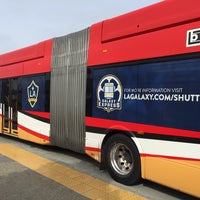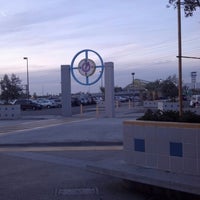



: 5 Ultimately, the Metro Board of Directors decided to largely continue to running bus routes as they had before. In 1993, Metro staff recommended the creation of a "dual hub" system with a trunk route that served both the Harbor Transitway and the older El Monte Busway. The project was built by the California Department of Transportation (Caltrans) and the transit facilities would be operated by Los Angeles County Metropolitan Transportation Authority (Metro) after completion.Ĭaltrans envisioned that the transit center and transitway would offer a similar function to the El Monte Station located at the end of the El Monte Busway, an older but operationally similar facility east of Downtown Los Angeles, offering a large parking lot where commuters would park their cars and ride buses to downtown and serving as a hub in a hub-and-spoke system for the South Bay where riders can transfer between buses. Because of uncertainty on the opening date, buses would not start using the facility until a few weeks later on August 1, 1996. : 2Īfter about 20 years of planning and construction, : i the Harbor Transitway was opened on June 26, 1996, at a cost of $498 million.

The transit center, originally named the Artesia Transit Center, was built as the southern terminus of the Harbor Transitway, a 10.3-mile (16.6 km) shared-use express bus corridor and high-occupancy vehicle lanes (later converted to high occupancy toll (HOT) lanes) running in the median of Interstate 110 (Harbor Freeway) north to Downtown Los Angeles. The station, originally called the Artesia Transit Center, was built between 19 as part of the Harbor Transitway project and opened to passengers on August 1, 1996. Three game-day shuttle services also serve the station: the Dodger Stadium Express, the SoFi Stadium Shuttle (via GTrans) and Galaxy Express (to Dignity Health Sports Park). The Harbor Transitway also serves as a hub for Metro Local, Metro Express, GTrans, and Torrance Transit buses. J Line buses serve the station twenty-four hours a day the headway between buses is about four minutes during peak periods, with less frequent service at other times. The station is one of the stops on J Line, a bus rapid transit route which runs between El Monte, Downtown Los Angeles and San Pedro as part of the Metro Busway system. The station consists of one large island platform with 12 bus bays and a 980 space park and ride parking lot located in the southwest corner of Interstate 110 (Harbor Freeway) and California State Route 91 (Gardena Freeway). Harbor Gateway Transit Center, formerly Artesia Transit Center, is a large bus station at the southern end of the Harbor Transitway that serves as a transport hub (known locally as a transit center) for the South Bay region of Los Angeles County including the Harbor Gateway neighborhood of Los Angeles and cities of Carson, Gardena, and Torrance.


 0 kommentar(er)
0 kommentar(er)
